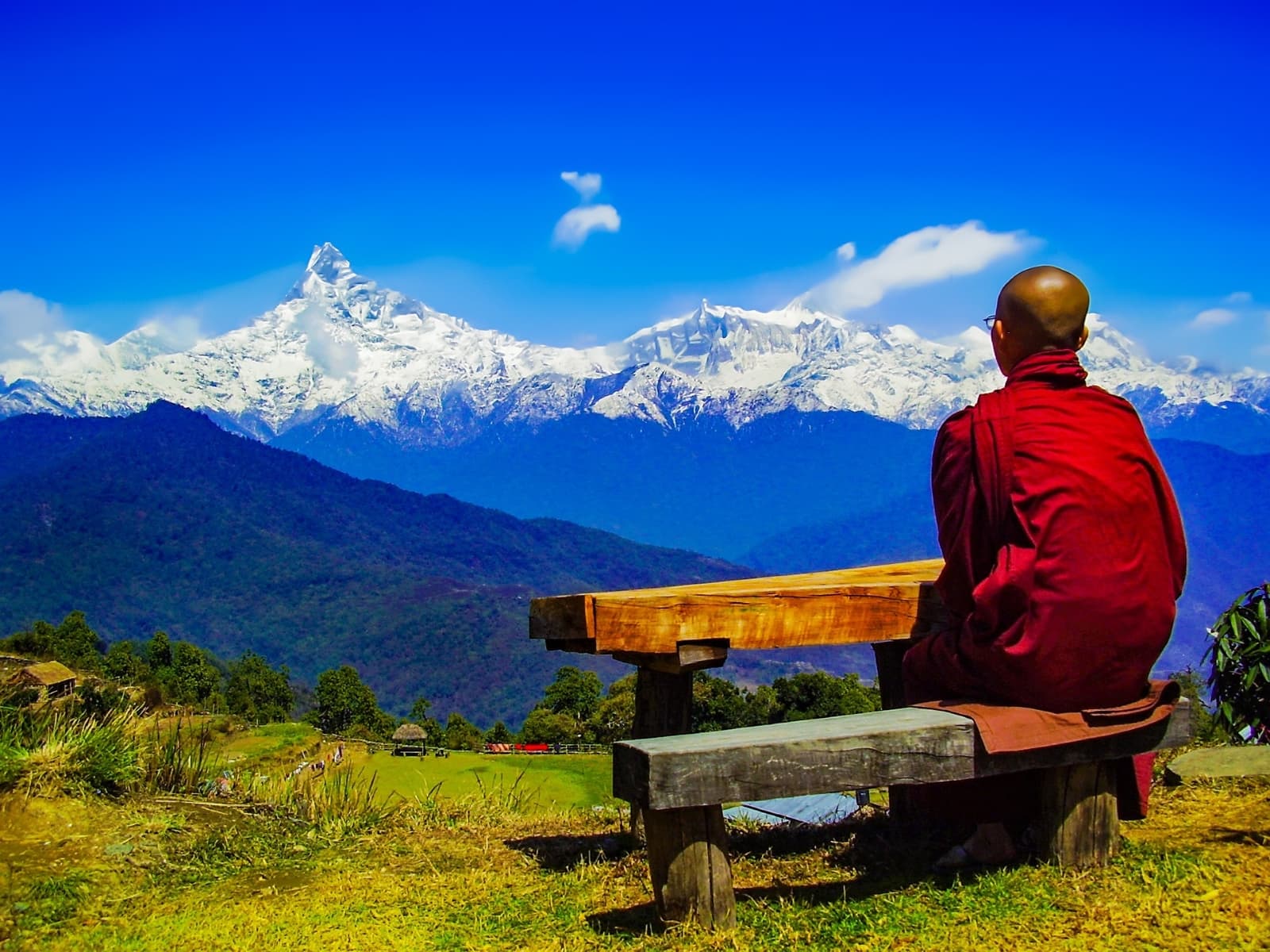What draws us to the mountains? The invigorating fresh air, certainly, and the exercise that feels less mundane, more exhilarating amidst such scenery. Yet, above all, it's the mountain views that beckon – vast, wild expanses that evoke feelings of awe and adventure. Iconic vistas such as the Tre Cime di Lavaredo in Italy, Cuernos del Paine in Chile, and the majestic Everest from Kalapathar are universally celebrated. Among these renowned sights, Poon Hill stands out, offering breathtaking views of the Annapurna and Dhaulagiri ranges.
Accessing Poon Hill involves journeying through Pokhara, the starting point for the Ghorepani Poon Hill trek. The pathway begins at Nayapul, a short drive from Pokhara, and introduces trekkers to enchanting villages and verdant forests. The initial part of the trek is gentle, providing a pleasant introduction to the adventure ahead. The second day's journey to Ghorepani is more demanding, challenging trekkers with significant elevation. The highlight of the trek, the ascent to Poon Hill, occurs early on the third day, allowing trekkers to reach the summit in time to witness the sunrise illuminating the Annapurna range. From Ghorepani, options vary – one can either descend back to Nayapul on the same day or extend the trek through Ghandruk, turning the journey into a circular trek rather than a straight path. Whichever choice is made, the experience leaves trekkers with unforgettable views that rank among the most spectacular in the world.





